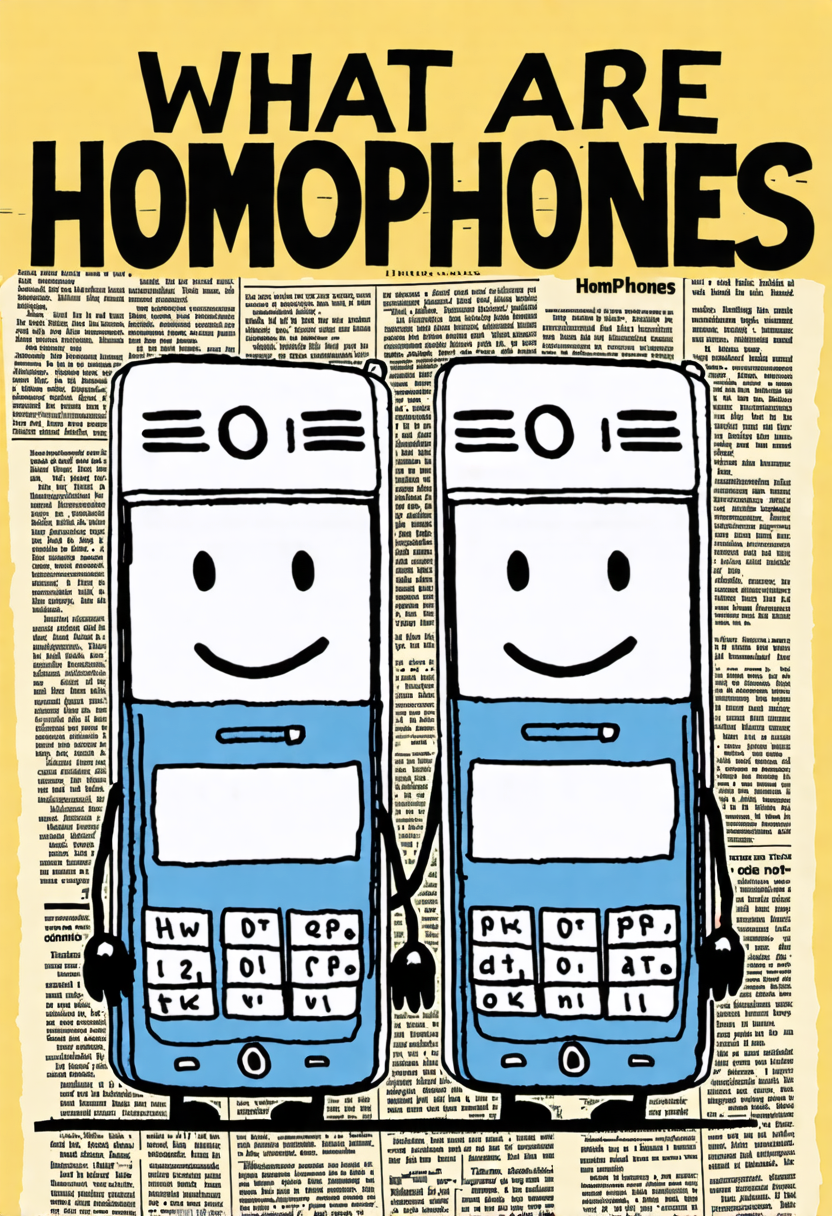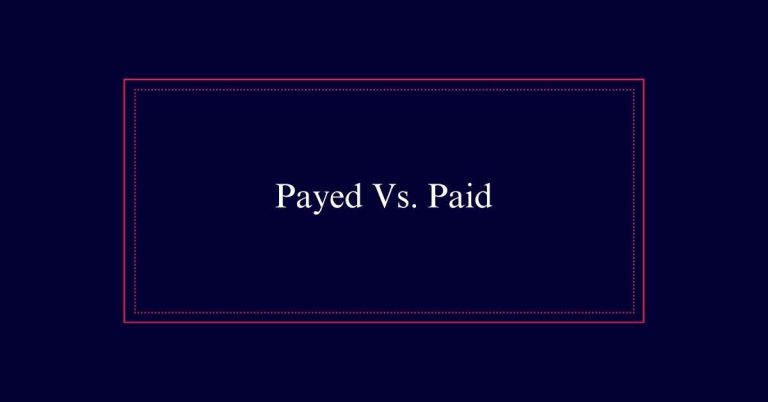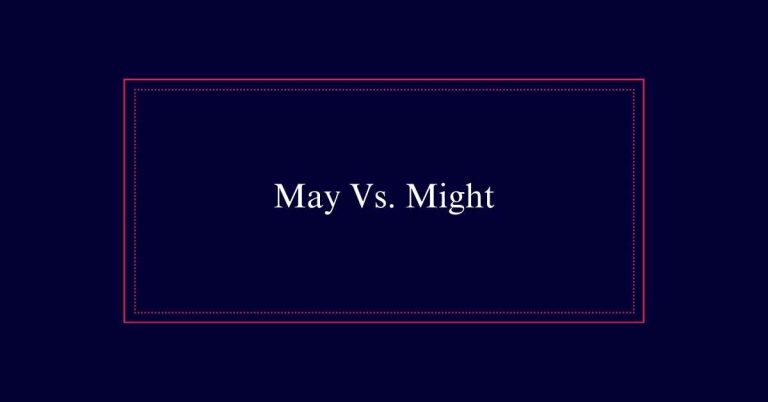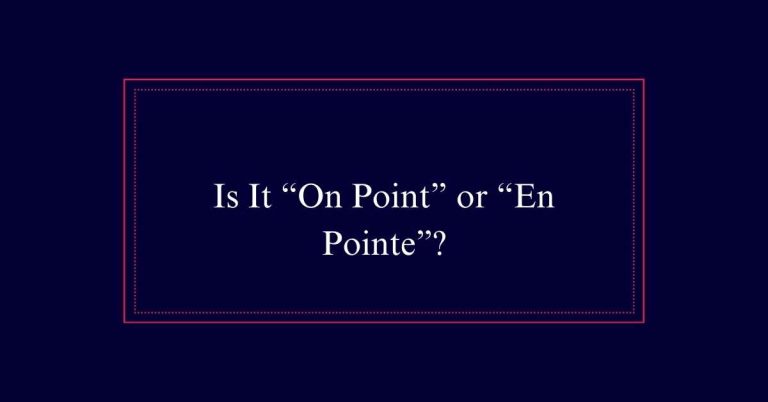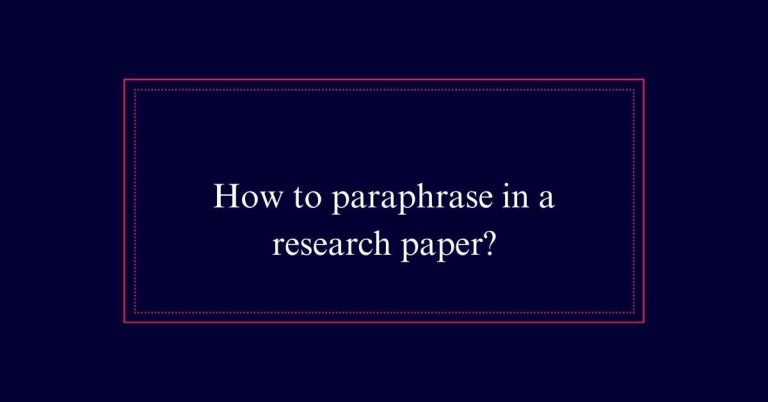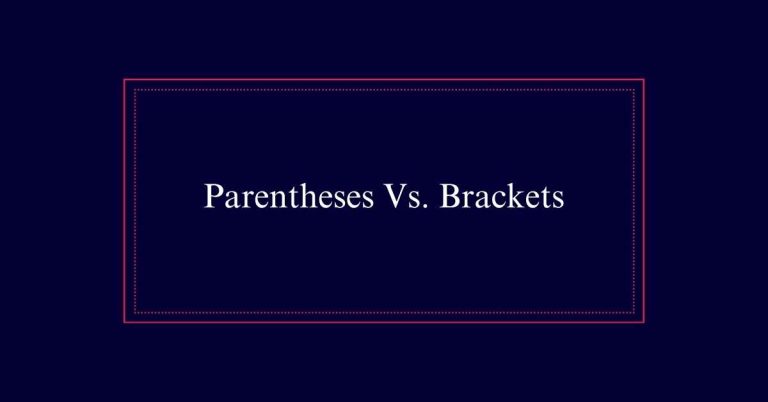What are Homophones?
Homophones are words that sound alike but differ in spelling and meaning. Types include homonyms, which have the same sound but different meanings and spellings, and homographs, which are spelled the same but pronounced differently.
Types of Homophones
Homophones come in various forms, each with unique characteristics and distinctions.
Homonyms are words that sound the same but have different meanings and spellings, like ‘bare’ and ‘bear.’
Homographs are spelled the same but pronounced differently, such as ‘tear’ (to rip) and ‘tear’ (a drop of liquid from the eye).
Heterographs are words with different spellings but the same pronunciation, like ‘flour’ and ‘flower.’
Heteronyms are spelled the same but have different pronunciations and meanings, like ‘lead’ (a metal) and ‘lead’ (to guide).
Lastly, oronyms are phrases that sound alike but have different meanings, such as ‘ice cream’ and ‘I scream.’
Homonyms Explained
In the domain of language, homonyms are words with identical pronunciations but different meanings and spellings. These words often cause confusion because they sound exactly alike.
For example, consider ‘flower’ and ‘flour.’ While ‘flower’ refers to the blossom of a plant, ‘flour’ is a powder made from grinding grains.
Another example is ‘sea’ and ‘see,’ where ‘sea’ relates to a large body of saltwater, and ‘see’ means to observe. Homonyms are essential for understanding context in communication.
They also appear frequently in literature and everyday speech, requiring careful attention to make sure the correct meaning is understood.
Understanding Homographs
Homographs are words that share the same spelling but differ in pronunciation and meaning. These words can be confusing because their different meanings are not always obvious without context. Understanding homographs is essential for mastering the nuances of the English language. Below is a table illustrating some common homographs:
| Word | Pronunciation and Meaning |
|---|---|
| Lead | /liːd/ (to guide) vs. /lɛd/ (a type of metal) |
| Tear | /tɪər/ (to rip) vs. /tɛər/ (a drop of liquid from the eye) |
| Bow | /boʊ/ (a type of knot) vs. /baʊ/ (to bend forward) |
| Wind | /wɪnd/ (moving air) vs. /waɪnd/ (to twist or turn) |
What Are Heterographs?
Heterographs are words that sound identical but have different spellings and meanings. They are a type of homophone that can often cause confusion in writing and reading.
Examples include ‘flower’ and ‘flour.’ While both words are pronounced the same, ‘flower’ refers to a blooming plant, and ‘flour’ is a powder used in baking.
Another example is ‘pair’ and ‘pear.’ ‘Pair’ means a set of two, while ‘pear’ is a type of fruit.
Understanding heterographs is essential for clear communication. Recognizing these differences can improve both written and verbal skills.
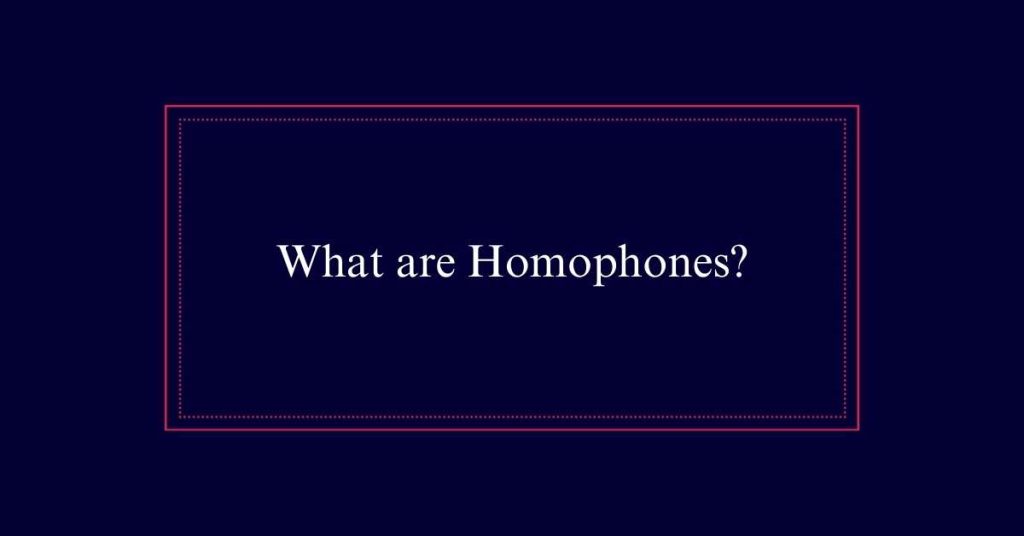
Exploring Heteronyms
Heteronyms are words that share the same spelling but differ in pronunciation and meaning. They add complexity and richness to the language, often leading to intriguing nuances and sometimes confusion. For instance, consider the following examples:
| Word | Pronunciation 1 | Pronunciation 2 |
|---|---|---|
| Bass | /bæs/ (fish) | /beɪs/ (music) |
| Lead | /lɛd/ (metal) | /liːd/ (guide) |
| Tear | /tɪə/ (rip) | /tɛər/ (cry) |
| Bow | /baʊ/ (bend) | /boʊ/ (weapon) |
| Wind | /wɪnd/ (air) | /waɪnd/ (turn) |
The Concept of Oronyms
Oronyms are phrases that sound identical but have different meanings, often leading to amusing misunderstandings in spoken language. These phrases can create confusion because the listener may interpret a completely different meaning from what the speaker intended.
For example, ‘ice cream’ and ‘I scream’ are classic oronyms. The context may help clarify which phrase was meant, but without it, misinterpretations can occur easily. Oronyms highlight the complexity and playful nature of language, showing how slight variations in speech can lead to entirely different meanings.
Commonly Confused Homophones
Commonly confused homophones can lead to misunderstandings in both written and spoken communication. These words sound alike but have different meanings and spellings, causing frequent errors. Understanding their differences is essential for clear communication.
| Homophone Pair | Usage Explanation |
|---|---|
| Then/Than | Then indicates time; than is used for comparison. |
| To/Too/Two | To shows direction; too means also; two is a number. |
| There/Their/They’re | There refers to a place; their shows possession; they’re means they are. |
| Your/You’re | Your indicates possession; you’re means you are. |
| Its/It’s | Its shows possession; it’s means it is. |
Why Homophones Exist
Understanding why homophones exist involves examining the intricacies of language evolution and pronunciation changes over time. Many factors contribute to the creation of homophones.
Historical shifts in language pronunciation, for instance, often result in different words sounding the same. Dialectal variations also play a role, as different regions may pronounce words similarly despite their distinct meanings. Additionally, the limited number of syllables in some languages can lead to overlapping sounds.
- Historical pronunciation shifts contribute to homophones.
- Dialectal differences can create homophones.
- Limited syllable sets in some languages lead to homophones.
Uses of Homophones
Homophones serve various purposes in language, from enriching literary devices to posing challenges in communication. They are often used in puns and jokes to create humor. For example, “I scream” and “ice cream” sound the same but mean different things, adding a playful twist to conversations.
Writers and poets use homophones to add layers of meaning to their work, enhancing creativity. However, homophones can also cause confusion, particularly for language learners and in multilingual contexts. Misunderstanding words like “their” and “there” can lead to errors.
